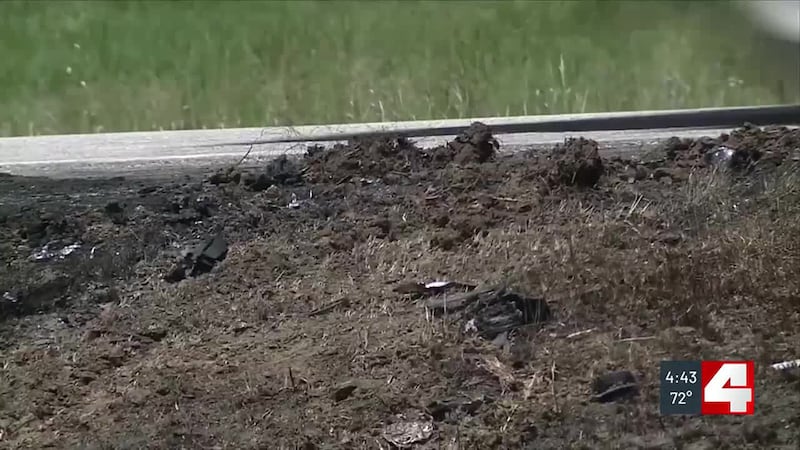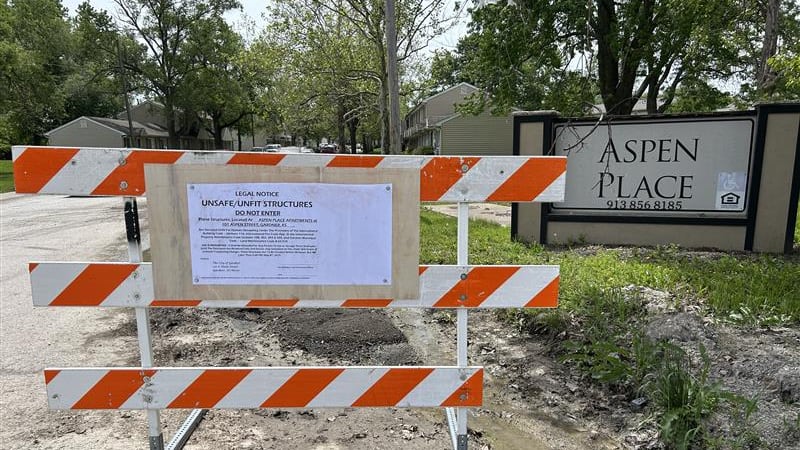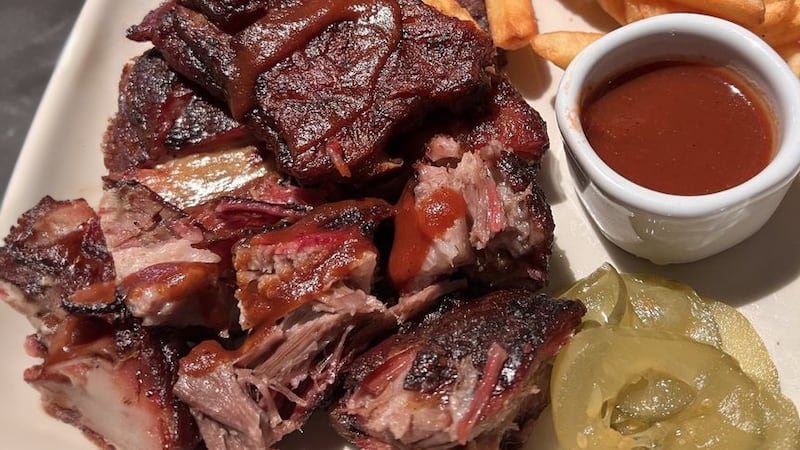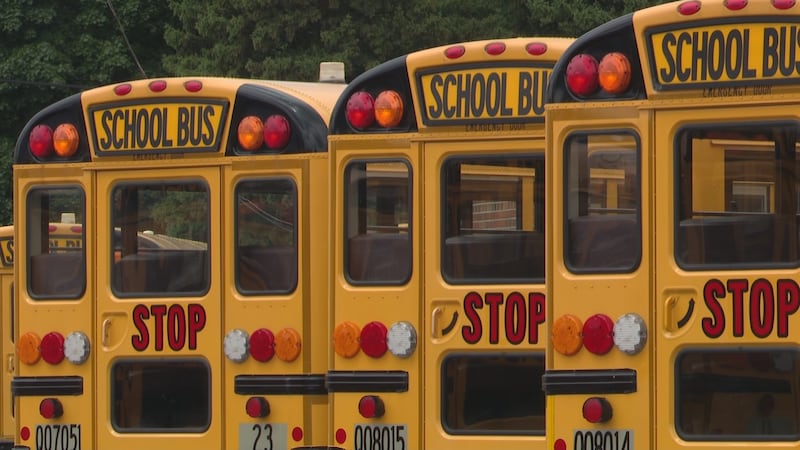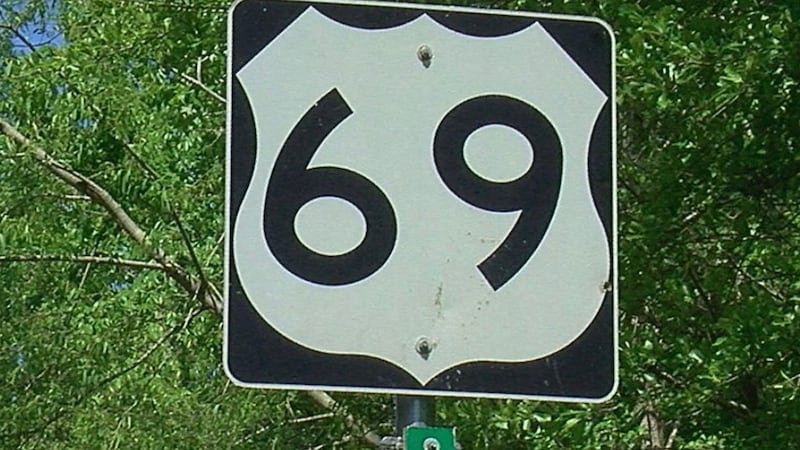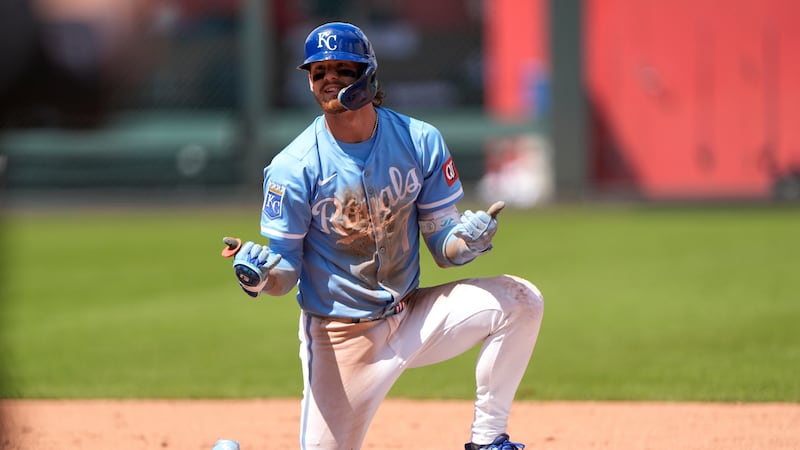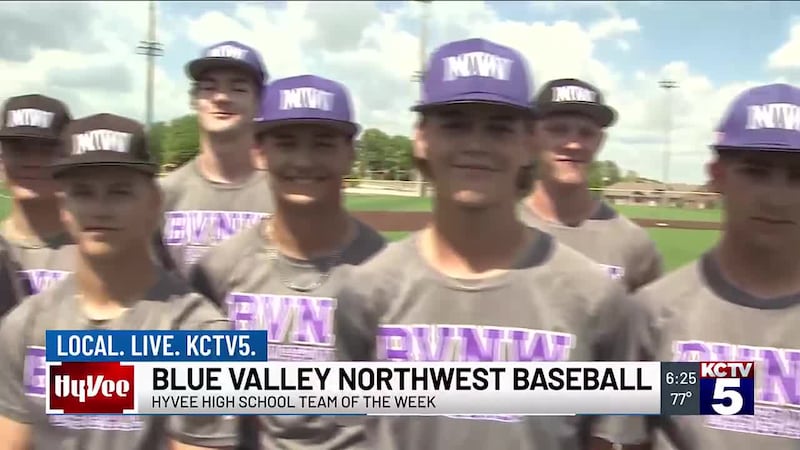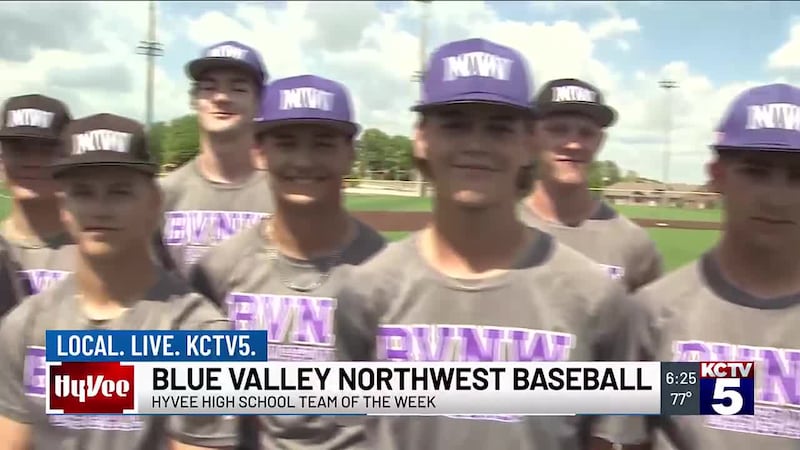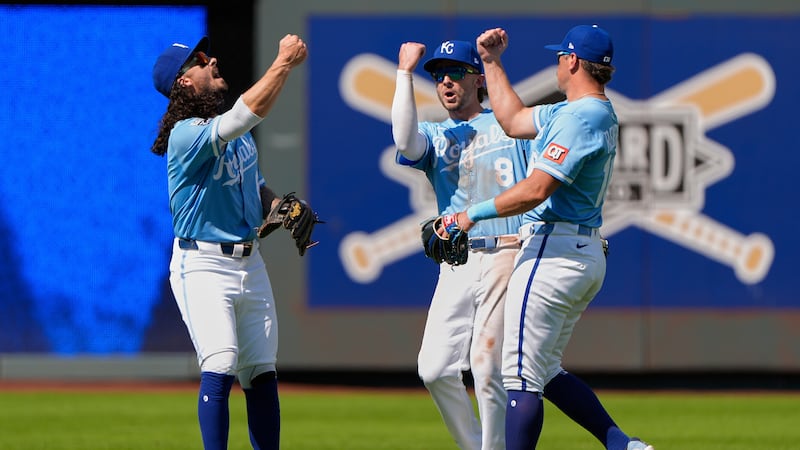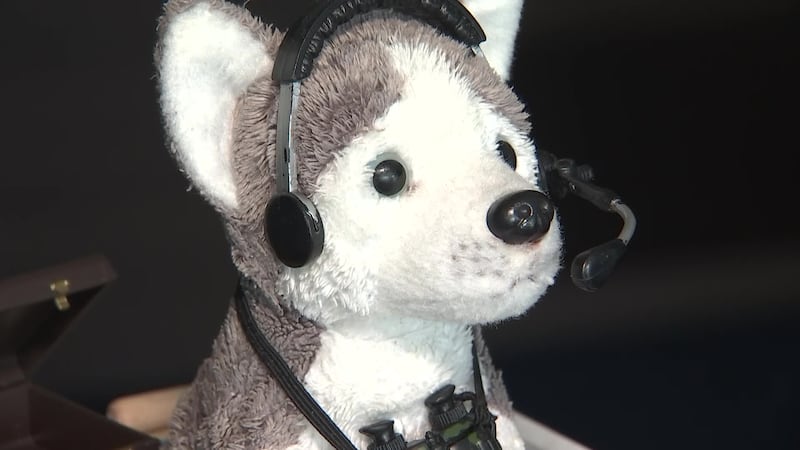KCTV5 examines heat rules following Shawnee Mission football player’s death
SHAWNEE, Kan. (KCTV) — Following the release of an autopsy report on the death, in August, of a Shawnee Mission Northwest football player, the school district said they too investigated and determined the practice followed the rules set forth by the Kansas State High School Activities Association (KSHSAA).
Shawnee Mission Northwest football player Ovet Gomez Regalado collapsed just 15 minutes into off-season practice on August 14. The Johnson County Medical Examiner’s report indicates he died from complications of heat stroke with obesity as a contributing factor. It also listed the heat index that day as 112 degrees.
The heat index is no longer the preferred temperature measurement in school activities heat guidelines. KSHSAA’s heat rules use a more complex measurement, but the rules related to temperature are only recommendations, not requirements.
KSHSAA assistant executive director Jeremy Holaday said the only requirement in the off-season is what activities students can do.
The only thing that would be permitted would be weights and conditioning at that time period,” Holaday said. “We obviously have our wet bulb globe thermometer recommended policy that that school could choose to use throughout the summer, no question about it.”
A wet bulb globe thermometer factors in not just air temperature and relative humidity, but also sun angle, shade, cloud cover and wind.
Dr. Kevin Kloesel, a meteorologist who is on the Event Safety Alliance board of directors, explained why that measurement is a better tool than the heat index when considering the safety of activities.
“It’s a much more comprehensive index for how your body is interacting with the environment,” Kloesel said. “As the wet bulb globe temperature increases, we typically see an increase in hospitalizations or emergency room calls due to heat. Heat index, which is something we’ve used for decades, we don’t see that same correspondence.”
KSHSAA’s recommended activity modification policy suggests practice be moved indoors at 89.8 degrees. Kloesel estimates the reading at the time EMS was called that day would have been between 89 and 91 degrees.
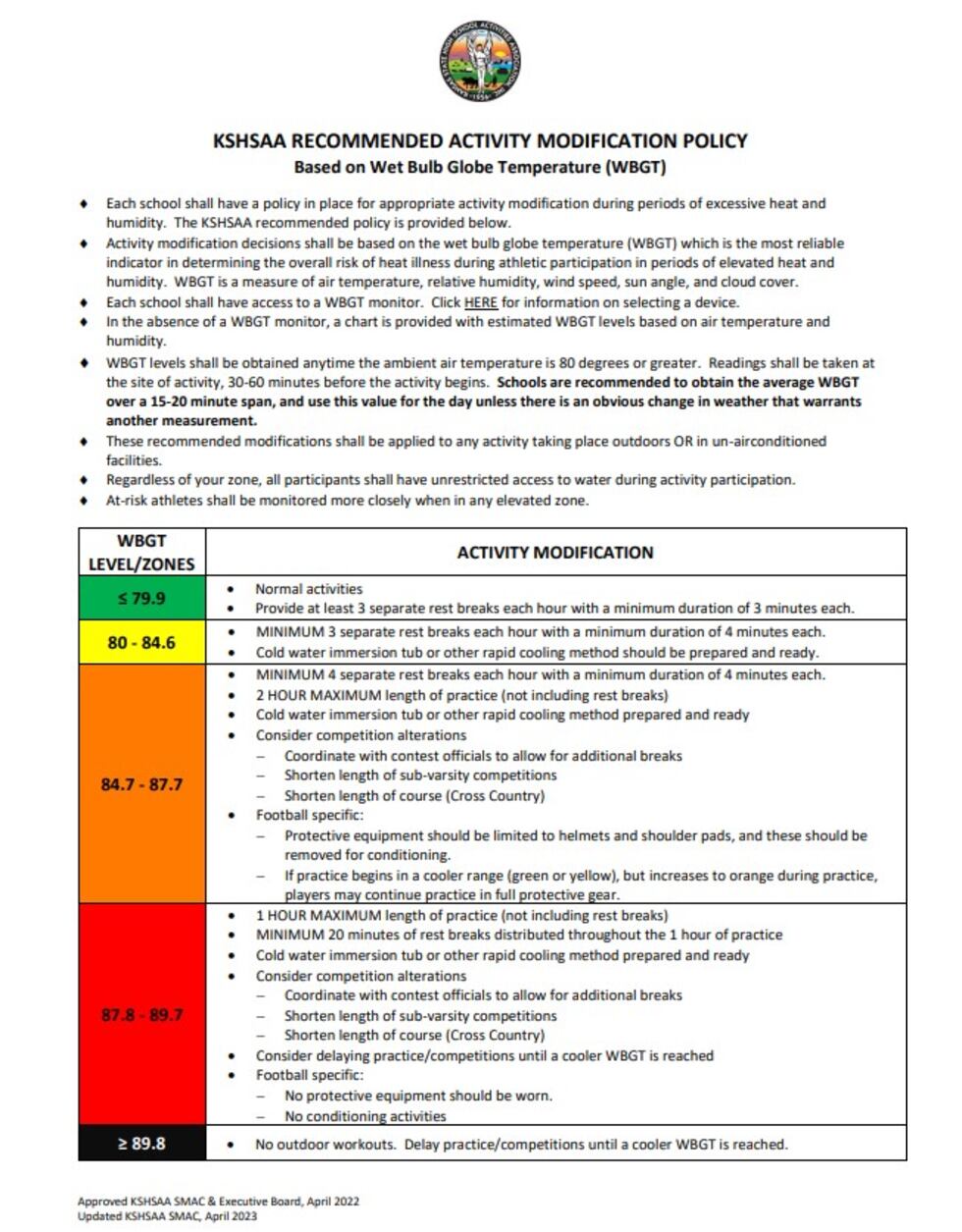
Shawnee Mission School District spokesman David Smith would not address the exact conditions that day but did clarify the policy the district has set. He said they use a wet bulb globe thermometer in season. Off-season, when workouts are brief, he said they apply the chart to air temperature.
But there’s another factor that is included in neither the district policy nor the KSHSAA guidelines that worries Kloesel.
“Those artificial synthetic turf fields get way too hot, particularly in August and even through September,” he said. This is not an issue just in Kansas. It’s Minnesota, it’s Maine, it’s Utah. It’s everywhere that we’re seeing these very dangerous conditions occurring in August.”
He’d like to see more organizations start to include surface as a factor, whether it’s football on turf or band on a blacktop parking lot. Kloesel is the chief meteorologist for the Drum Corps International tour, which happens each summer. He is not aware of any state activities association that includes that metric.
“It’s not only creating heat illness situations. It’s also creating skin burn situations,” Kloesel said. “We are trying to push that envelope to make sure people understand that this is a problem about the environment, the total environment, not just the air that you’re marching in or practicing in, but the surface that you’re marching on or practicing on that can be every bit as important as the air you’re doing it in.”
Holaday said KSHSAA regularly reviews and revises its policies and is doing so again in light of this tragedy.
“Our Sports Medicine Advisory Committee certainly has discussed the situation and still trying to uncover to make sure we’re doing what’s appropriate,” he said.
Copyright 2024 KCTV. All rights reserved.
